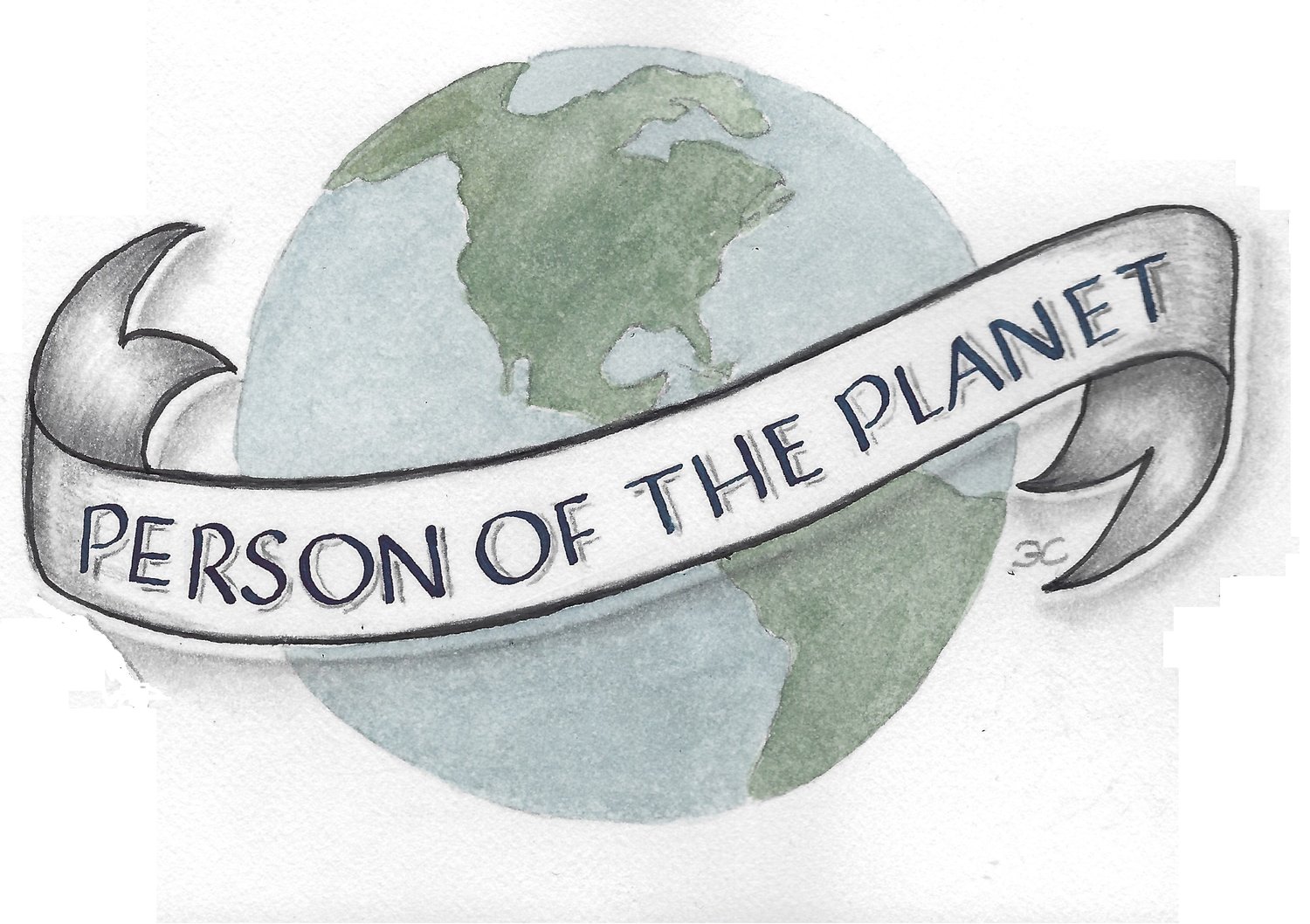A THRILL OF HOPE: SOMEONE IS WORKING TO CLEAN UP
THE PACIFIC GARBAGE PATCH
There is an enormous area of debris being collected in a whirlpool in the Pacific Ocean. It is formally known as The North Pacific Gyre, and more commonly, The Great Pacific Garbage Patch. We need to clean it up!
What is a Gyre?
“Gyres are large systems of circulating ocean currents, kind of like slow-moving whirlpools. There are five gyres —the North Atlantic Gyre, the South Atlantic Gyre, the North Pacific Gyre, the South Pacific Gyre, and the Indian Ocean Gyre—that have a significant impact on the ocean. These help drive the so-called oceanic conveyor belt that helps circulate ocean waters around the globe. While they circulate ocean waters, they’re also drawing in the pollution that we release in coastal areas, known as marine debris.
“The most famous example of a gyre’s tendency to take out our trash is the Great Pacific Garbage patch located in the North Pacific Gyre. The patch is an area of concentrated (and mostly plastic) marine debris. While this is certainly the most talked about garbage patch, it is not the only garbage patch in the ocean. . . .. As with the North Pacific Garbage Patch, plastic can circulate in this part of the ocean for years, posing health risks to marine animals, fish, and seabirds.” (National Oceanic Atmospheric Administration Podcast #14)
What can we do about the Garbage Patch?
This month, one promising answer is being put to the test. Ocean Cleanup is the brainchild of Boylon Slat, a 24-year-old Dutchman who has been an inventor since he was a toddler and who has been working on the problem of plastic debris in the ocean since he was 16. He came up with the idea to build a passive system, using the circulating ocean currents to his advantage, which he presented at a TEDx talk in Delft in 2012. (Wikipedia)
The system Boyon Slat invented has been in research and development since 2011, and in October this year a full-scale model, System 001,was put into action for the first time in the Pacific Ocean. System 001 consists of a 600-meter-long floater that sits in a U shape at the surface of the water and a tapered 3-meter-deep skirt attached below. The floater provides buoyancy to the system and prevents plastic from flowing over it, while the skirt stops debris from escaping underneath. Marine creatures do not get trapped in the floater; they can swim away from it or dive under it. The floating systems are designed to capture plastics ranging from small pieces just millimeters in size, up to large debris, including massive discarded fishing nets (ghost nets), which can be tens of meters wide. Periodically, ships acting as marine garbage trucks will visit System 001 and collect the captured debris, carrying it back to land for sorting and recycling.
Models show that a full-scale cleanup system roll-out (a fleet of approximately 60 systems) could clean 50% of the Great Pacific Garbage Patch in just five years. Some of the questions being monitored during this first run of System 001 are Can the system reorient itself when wind and wave direction changes? Does the system maintain its U-shape under adverse conditions? Can the system withstand the turbulent and corrosive conditions of the ocean over time?
OceanCleanup.com is the official website for the project. There are plenty of graphs and videos, and clear descriptions of the process. There are frequent updates about System 001 and what the project is learning. I’m looking forward to more information about how the garbage is collected and processed, and whether much sea life gets caught in the debris. Check out the website! If you have a student in your life, this might be a great subject for a report or a science fair project.

